How to Make Chocolate the Healthy and Yummy Way (No Special Equipment Needed!)
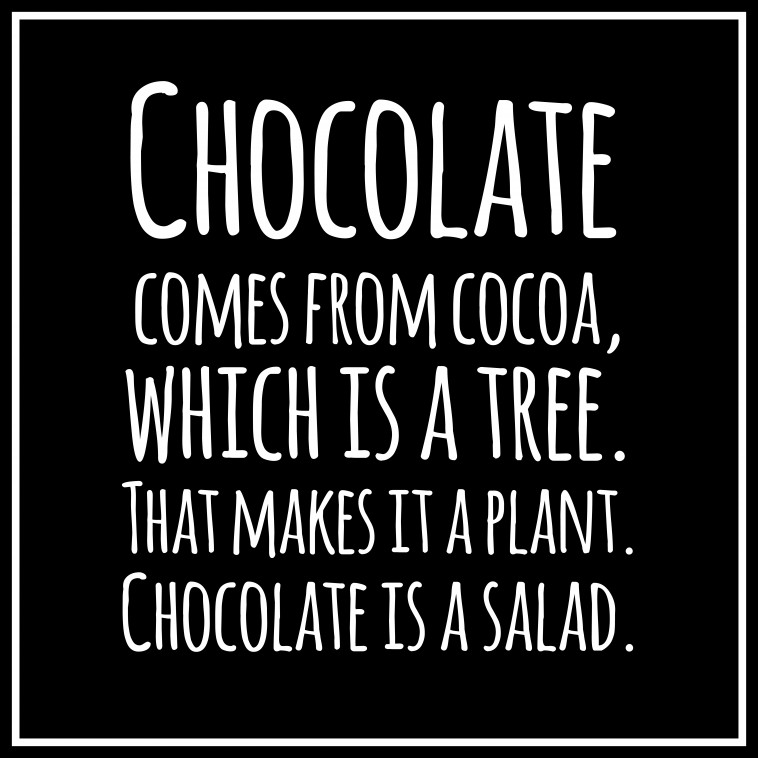
How can anyone argue against this?
First things first, when I talk about making healthy chocolate from home without any special equipment, I'm not saying things like your hands, a fork, and a refrigerator are not needed. Unless you view your pair of hands as delicate tools too special for chocolate-making, you'll be delighted with what I'll be sharing with you next.
That said, what I'm actually referring to is something like this chocolate electric melting pot, which is something you absolutely won't need. But if you're not looking to slave the day away in the kitchen mixing ingredients together, then I highly recommend investing in a good high-speed blender.
What you will learn in this post:
- The 7 kitchen appliances you'll need to whip up some chocolate
- What ingredients are needed for your healthy chocolate base
- 10 best sugar alternatives
- A delicious homemade chocolate recipe
- Optional chocolate add-ons
7 Basic Chocolate-Making Equipment
In order to make chocolate, you'll first need to have a few tools at your disposal. These are all basic things any kitchen should be equipped with in the first place -- so you have no excuse!
To whip up some homemade chocolate, look around your kitchen for these equipment:
- Something to help you blend ingredients quickly (a pair of hands and whisk work nicely)
- Mixing spatula
- Measuring Cups
- Fine sieve
- Saucepan with shallow sides
- Ice cube tray
- Refrigerator
4 Basic Ingredients For Your Healthy Chocolate Base
After you've gathered the necessary equipment, you'll now need four core ingredients to start cooking up some delicious chocolate.
Here are the required ingredients plus a short run-through on what they offer:
- Cacao Powder
Chocolate is usually made from roasted cocoa beans. However, the problem with the roasting process is that it alters the molecular structure of cocoa beans, thereby reducing the overall nutritional value.
Although some people opt to use raw beans in order to maintain the nutrient content of cocoa, shelling the beans is a laborious task and it may leave you vacuuming your kitchen for a week.

Ain't nobody got time to shell those cacao beans!
With that in mind, the healthier and more convenient option I recommend is, of course, cacao powder. This yummy powder isn't roasted like commercial cocoa beans and it's processed at much lower temperatures.
Cacao powder is also considerably easier to find and the powder already comes with the shells removed to ease your work.
Among the many brands of cacao powder out there, this HealthWorks Raw Certified Organic Cacao Powder comes highly recommended by past purchasers at Amazon for its unsweetened and rich flavor. So, if your kitchen is lacking some cocoa powder, you may want to pick some up before proceeding to the next step.
Also, because cacao powder is less processed, it's one of the purest forms of chocolate you can consume. It's often thought to be the richest source of antioxidants and magnesium among foods.
As a side note, you can make healthy chocolate with cacao nibs. However, the powder form will provide a much more creamy and consistent chocolate texture.
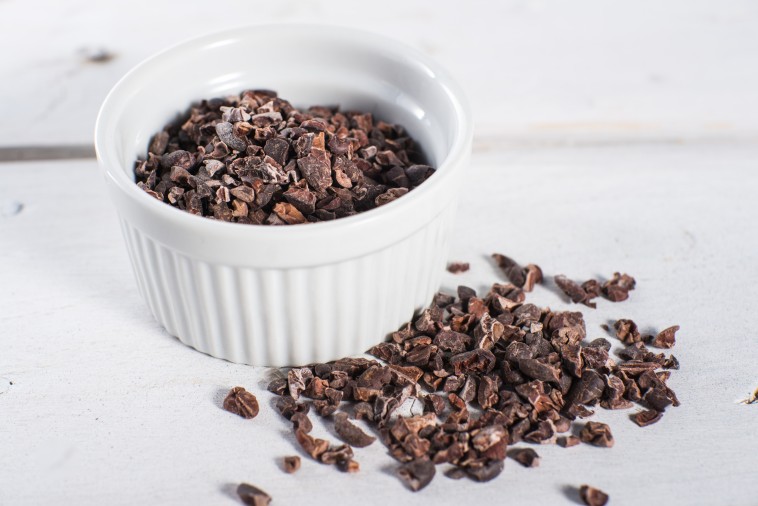
It's possible to use cacao nibs for your healthy homemade chocolate. But just be aware that your chocolate may not end up as smooth as one that's made from cacao powder.
- Healthy Fat or Oil
Whether you eventually opt for cacao powder, cacao beans, or cacao nibs, you'll eventually need to combine the cacao with some unsaturated fat or oil to create your chocolate batter.
Some good sources of healthy fat include olive oil, coconut oil, cacao butter, and clarified butter. These sources are rich in monounsaturated fats which raise HDL (good cholesterol), lower LDL (bad cholesterol), and prevent build up of plaque in your arteries.
The texture of chocolate will vary during the final cooling process (as explained below) depending on which fat or oil you choose to utilize.
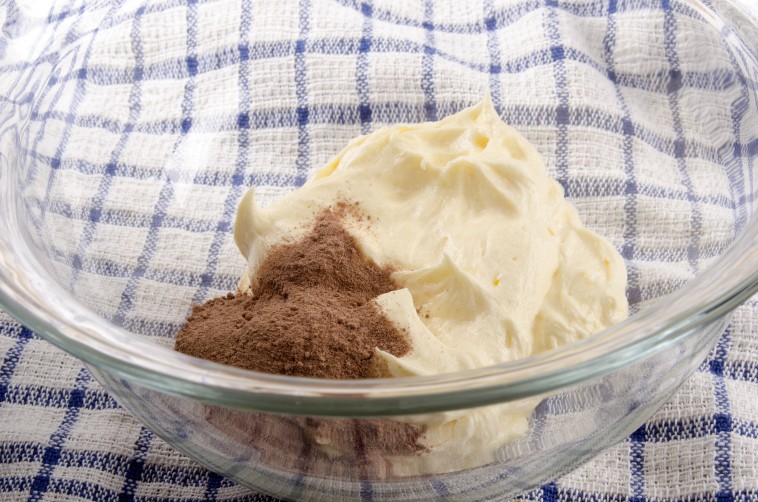
Most people would use cacao powder and cacao butter to make their healthy chocolate batter.
- Milk
The third basic ingredient needed to make chocolate is milk. Just like the rest of the ingredients, it's important to keep our health in mind when choosing the milk that will go into our chocolate batter.
Almond milk makes a great option and will go a long way in helping you prepare some healthy homemade chocolates.
- Organic Sweeteners
Although sugar is the key to making delicious homemade chocolate, I'd advise anyone to not use processed sugar whenever possible as it's just plain unhealthy. There are so many healthier options out there that it boggles my mind why more people don't use them.
And we're learning to make healthy chocolate so it should be a given that we'll not be using refined white sugar, yes?
10 Healthy Sugar Alternatives
Here are ten sugar alternatives for you to choose from. Not only do they add sweetness to your chocolate, quite a few of these alternatives are also loaded with nutrients.
1. Date Paste
Instead of heating processed sugar to make caramel, you can use date paste to achieve the same result in taste.
Although this paste is high in fructose, it has a low Glycemic Index of 54. Therefore, it won't spike your blood sugar levels.
Date paste is also much healthier than melting white sugar to obtain caramel.
2. Maple Syrup
What better way to add some sweet and wholesome goodness to your chocolate than with some maple syrup?
Pure maple syrup contains natural sugar derived from the fluid sap of Maple trees. It also comes loaded with nutrients. It's a great source of zinc, manganese, calcium, potassium, iron, and B12 Vitamins.

3. Yacon Syrup
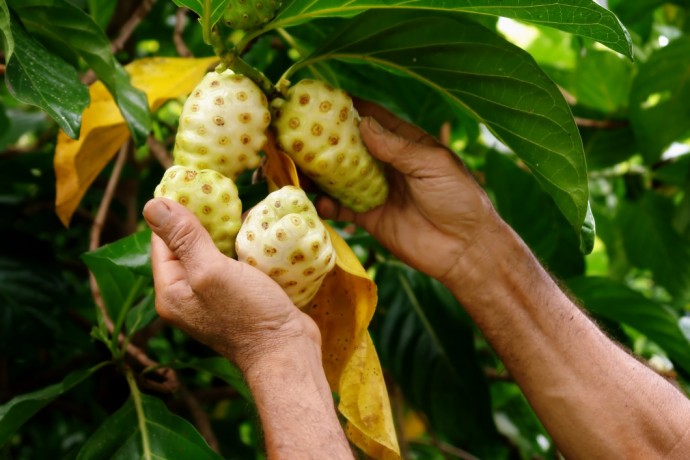
Yacon from India
With a Glycemic Index (GI) of 1, Yacon syrup is ideal for diabetics.
Fructose content in the syrup varies depending on ambient temperature conditions during the manufacturing process, but do note that it can be as much as 25%.
4. Agave Nectar
Another great low GI sweetener is agave nectar. Its sweetness comes from a complex form of fructose known as inulin. As such, agave syrup will sweeten chocolate without causing the unpleasant fast spikes in blood sugar levels. The agave plant is what tequila and margaritas are usually made of too!
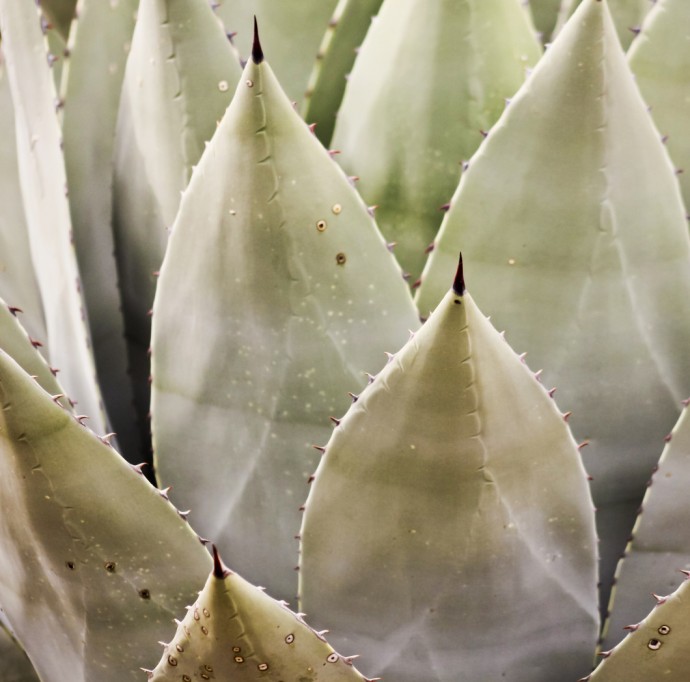
The Agave plant
5. Honey

Organic Raw Golden Honey Comb
When it comes to alternatives for refined sugar, honey is perhaps the most popular option.
But while you can find honey at any supermarket, some of the better brands tend to cost quite a bit more than the not-so-premium grade ones.
Nevertheless, honey is a versatile ingredient and you can store it away for a long time. It also contains wonderful antiseptic and antibacterial properties to support your immune system, helping you fight off diseases.
Some studies have found that honey can boost memory and help users sleep better by increasing levels of serotonin, the neurotransmitter that improves mood and happiness.
6. Organic Brown Rice Syrup
This sweetener is formed from 100% organic brown rice.
During the preparation process, rice is cooked and then fermented to produce a sweet, malt syrup that can be used to sweeten chocolate as well as pastries.
There's no doubt brown rice syrup will add plenty of nutrients to your chocolate bars. It also packs more dietary fiber than any other organic sweetener.
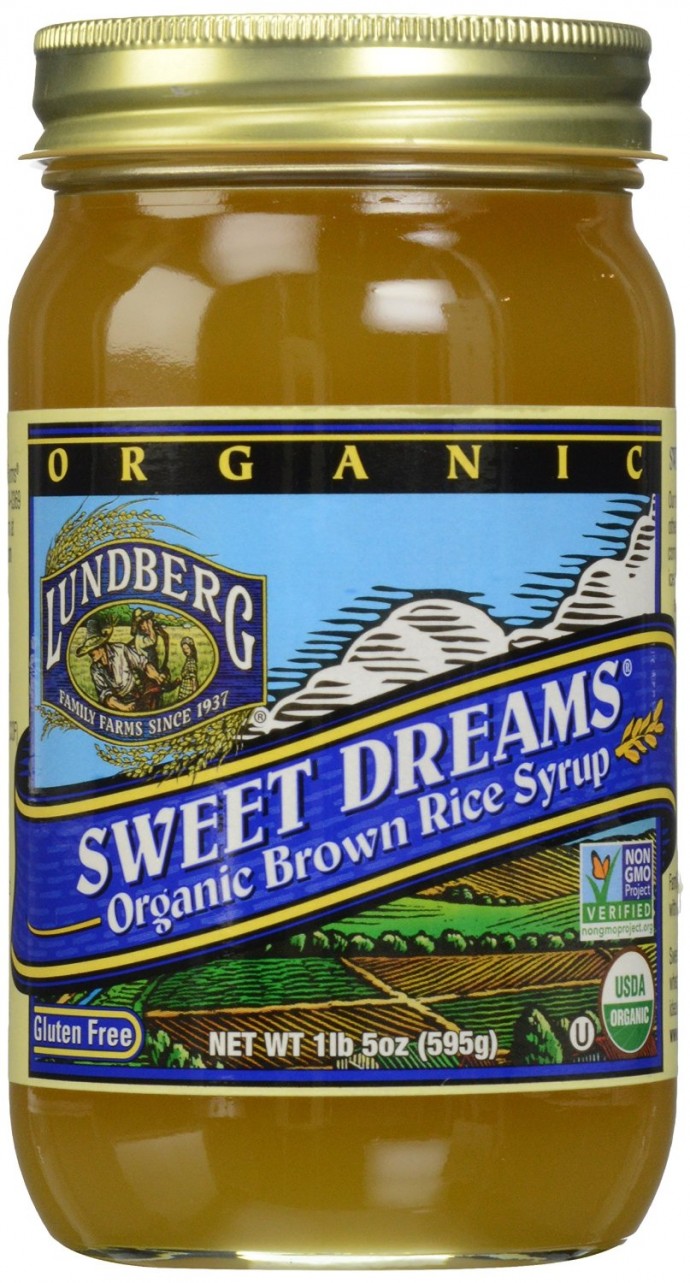
7. Coconut Palm Sugar

Coconut sugar has a GI of 35 and you'll pack between 40 to 50% of fructose in your chocolate molds when using coconut guar, along with trace minerals such as vitamin C, potassium, calcium, zinc, magnesium, phosphorus, and copper.
What's more, coconut sugar is a rich source of phytonutrients such as antioxidants, polyphenols, anthocyanidin, and flavonoids.
8. Mashed Ripe Bananas
Using bananas as a sweetener adds a thick, creamy texture to chocolate. More importantly, research has found that bananas have a low GI. Plus, bananas are also rich in potassium and magnesium. These make great baby foods too!
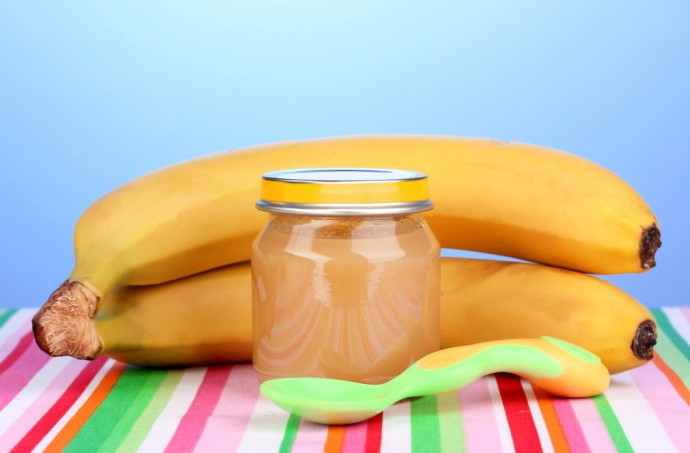
9. Stevia

Bestselling Stevia at Amazon
I personally don't like some concentrated blends of Stevia as they often leave a bitter aftertaste. Still, there's no denying that some people swear by this natural sweetener.
Stevia makes a great sugar alternative because it has no calories, boasts a Glycemic Index of 0, and if you choose the right blend, it can taste like a million bucks. In some countries, though, Stevia is not well received since the health impact of consuming it remains questionable.
10. Xylitol
This sweet tasting crystalline alcohol is a plant-based ingredient.
The sugar alcohols found in Xylitol have a low GI of 12 and so they won't have much of an impact on blood sugar levels.
In addition, this alternative sweetener has fewer calories than processed sugar.
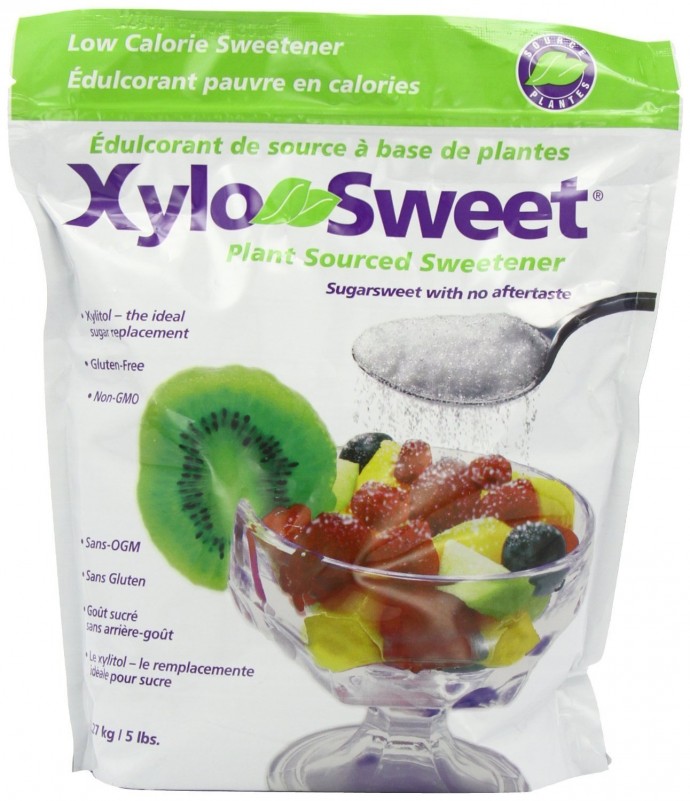
Plant-sourced sweetener
How to Make Chocolate: Your Step-by-Step Recipe
Now that you're aware of the basic equipment and ingredients needed, take some time to look through this simple chocolate recipe that will show you how to make chocolate from home with just four healthy ingredients. And as promised, the method I'm sharing will not require the use of any special tools.
So, let's get down to it! Tie your apron, set up the table, and follow along as I walk you through the process of making healthy homemade chocolate.
(Click on the tabs to navigate.)
- Ingredients
- Step-by-step Instructions
- 1/2 cup of raw cacao butter
- 2 tablespoons of olive or coconut oil
- 1/4 cup of raw, unsweetened cacao powder
- Almond Milk
- Organic sweetener to taste
Optional Ingredients To Add To Your Chocolate
While the basic ingredients listed above form the foundation of your healthy homemade chocolate, you can jazz things up a little with some extra ingredients.
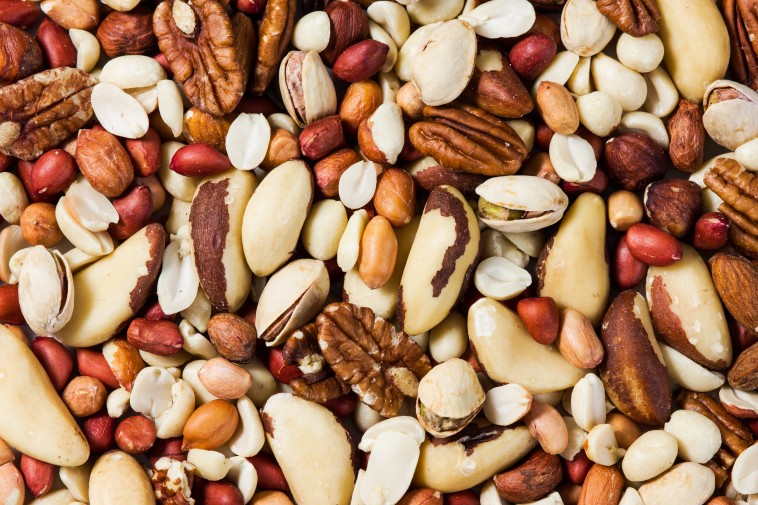
Pecans, hazelnuts, walnuts, cashews, almonds, pine nuts, and pistachios... just some of the things you can add into your very own chocolate.
In addition to the nuts above, here are a few more suggestions to kick-start you chocolate making and experimenting journey:
- Chopped raisins
- Dried dates
- Cinnamon
- Crushed nuts
- Edible seeds and flowers
- Grated coconut
- Shredded lemon or orange rinds
- Vanilla
- Green tea extract
- Goji berries
- Cacao nibs
- Purple corn powder (rich source of antioxidants)
Take Note. . .
If you're using any add-on ingredients for your chocolate, make sure to add them at the right time. The best timing is immediately after beating your raw chocolate batter since you'll need to allow butter, oil, and cacao powder to mix evenly first.
Many people will tell you making chocolate from scratch is something best left to the professionals. However, that couldn't be further from the truth.
Whipping up some homemade chocolate is easy and fun. And with the method I've shared above, you can make chocolate on your own in less than 2 hours. So, why not give it a try? It's exciting to experiment with different ingredients to make tasty, wholesome chocolate that can't be found on any convenient store's shelf.
In conclusion, I'd like to stress the importance of embracing organic ingredients when making homemade chocolate. Making raw chocolate using natural ingredients is a delicious secret, and once you discover it, you'll never again settle for commercially-made chocolates loaded with processed sugar, hydrogenated oil, and questionable artificial preservatives.
There's nothing more I have left to teach you so bon appétit! Let me know how your own homemade chocolate turned out.
Want More Chocolate Recipes?
Feel free to use whatever you've learned from this post to make your own chocolate flavors. If you don't know where to start, check out this 60 deliciously healthy homemade chocolate post for some ideas!


